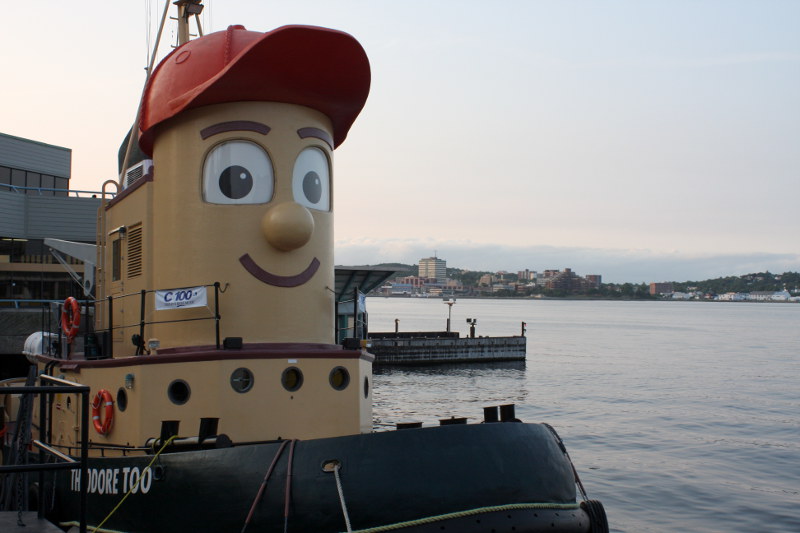Halifax’s Harbour is one of the largest and deepest natural harbours in the world (18 metres deep at low tide). It’s divided into three distinct areas: the outer southern segment, the skinny narrows in the middle, and the spacious and sheltered Bedford Basin.
The harbour is known for a lot of things: it’s the second-largest ice-free harbour in the world, the harbour is home to a handful of well-known islands (Devil’s Island, Deadman’s Island, McNabbs Island, Georges Island), it’s the location of one of the world’s largest man-made explosions (the Halifax Explosion in 1917), it’s where bodies from the Titanic ended their journey, it’s a frequent stop of the Tall Ships, and it’s also where (as less than glamorous notoriety) 200 million litres of raw sewage were once dumped every day. The later is no longer true thanks to the Harbour Clean-Up Plan.
Upon arrival in the city, I received news that I wasn’t expecting to hear for decades: the City of Halifax announced that it was finally safe to swim in the harbour. This is great news for nature lovers, ship crew, and tourists alike; because not only does the harbour no longer stink (something I noticed), but ships and landmarks are no longer being covered in filth daily.
This certainly makes Theodore Tugboat happy.


Trackback: http://marknesop.wordpress.com/2014/03/11/radoslaw-sikorski-is-a-handsome-urbane-well-educated-twat-the-ignominious-collapse-of-british-journalism/
When I was 10 my family was stationed at CFB Shearwater. My brother and I became fascinated with the history and ghost stories about McNabbs Island. One day we found an abandoned rowboat in rough shape along the shore. I decided that we should use it to explore the Island. After a lot of convincing ( and a fair amount of bribery)I got my brother figuratively and literally on board.We used driftwood as paddles. About halfway across we found the reason the boat was abandoned was because the hull was rotten and it began to disintegrate. The paddles were practically useless and the current was pushing us past the island. We had to jump ship and swim back to the shore. I shudder now to think what was in that water. We made it back wet, stinky and a little bit wiser. That suspended our adventures until about a year later when we discovered the steam tunnels at the base.
Great story! And, steam tunnels under Sherwater… that sounds interesting. I remember working as a lifeguard at Acadia and finally getting to see the tunnels that ran throughout the facility (and the “hidden” facility that was abandoned in the 1950s). When I was a speed swimmer, our team frequently held competitions at Acadia and were told stories of the tunnels but I never quite believed. Then I saw them with my own eyes. They were pretty damn cool!